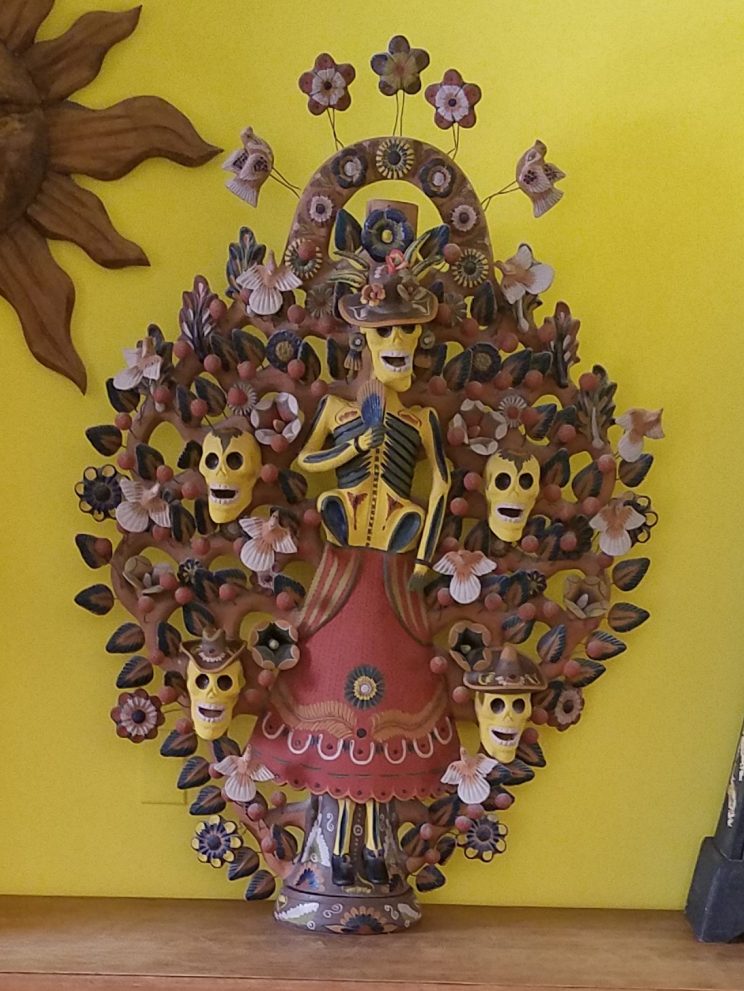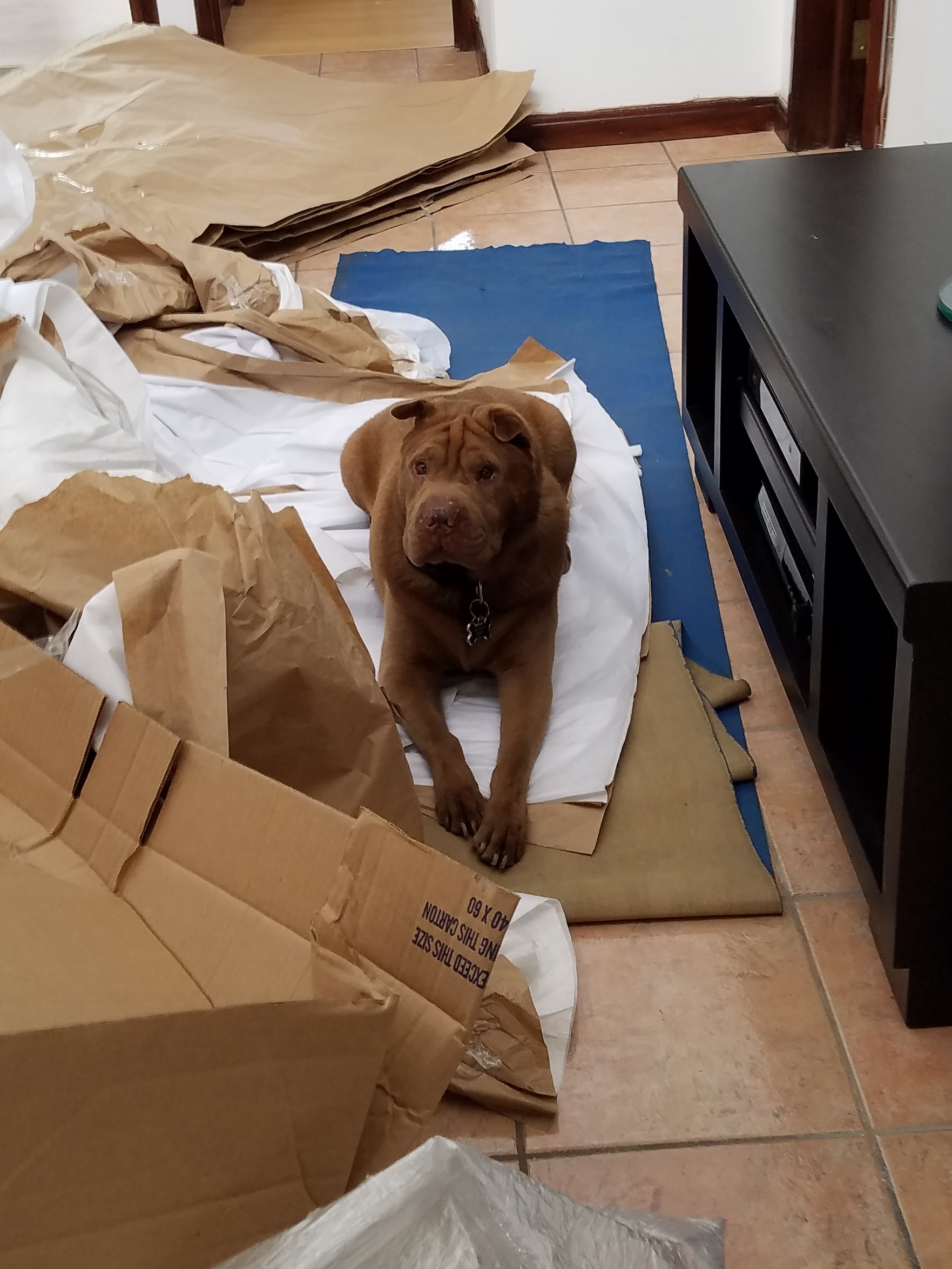Movin’ to CR
When retiring to Costa Rica, one of the big questions is Should I move my stuff from the US? What follows is a lengthy explanation of what I did right and what I learned.
- Is your stuff worth moving?
Depends on what stuff. Transporting a small house’s furnishings (without appliances) can cost around $10,000, with insurance. Furniture costs in CR are similar to what they are in the US. The local (artisanal) style here is not like southwestern or Mexican; it’s actually well-made, dark and modern (and not cheap). You can buy inexpensive furniture here of the WalMart, Office Depot and Home Depot variety. So, if your furniture’s value is more sentimental than actual, I recommend selling what you can and donating the rest as a charitable contribution for tax purposes.
If it is worth it to you to move your current furnishings, you need to know how it works. First, you need to contract with an international moving company based in CR. I say this because you’re at the mercy of CR Customs as to when everything arrives, and it’s better to have a relationship with a local company. (I used Mudanzas Mundiales in San Jose.) Whether you contract there or here, there will be two separate companies involved, one from each country, who have an established contractual relationship. First, you’ll need to complete an inventory form, organized by room, indicating each item with its value to be shipped. The estimated cost will be based on approximate weight, and the insurance cost will be based on the total declared value. (If you low-ball the value to keep your insurance down, as I did, you will also decrease the amount you can be reimbursed for any broken items.)
You do not pack your stuff. Since the movers are responsible for breakage, they will insist on packing everything for you. They will number each box and list its contents under a general term. (Do not use Miscellaneous.) I recommend you photograph all valuable items and write down which boxes they are in. I was so exhausted from organizing everything that I did not do this; it cost me big time. By the way, you will not know the final cost of the move until after your things get cleared through Costa Rican Customs, when the tariff is determined. And, if you’re like me, you’ll be so glad to take delivery (mine was delayed by almost three weeks), that you’ll just pay it. It’s actually a type of legalized extortion, since your only option is to donate your life’s possessions to Customs. But the most important thing is how you accept delivery.
An anecdote: Prior to my goods being released, when I complained about the delay in delivery, I was told that there were questions about the contents of some boxes. One was labeled Miscellaneous and two were labeled Tools. I had to reply in writing that I had no idea what went into the Miscellaneous box seven weeks ago and that I believed that the other boxes indeed contained tools. Why would I lie? (Three months later, I realized that my 30-foot extension cord and power drill from the box marked Tools were missing.)
A truck will arrive at your house and there will be a large and mostly professional crew. You will stand at the back of the truck with a paper, provided by the crew chief, that lists each box by number and its contents. They will show you a box, say, #123, and you will check it off your list and tell them in which room to put it. (As I was one person, I could not be inside supervising, so I did a lot of stopping and running in and out.) Once the truck is empty, you can go inside and tell everyone where to place things. Be sure to have them open everything, even boxes of small items. Finally, don’t do what I did: I was so wiped out and glad to have my things, that I signed a bunch of papers, gave the crew a sizable tip, and forgot to insist on keeping the form I had checked. I know for a fact that some boxes never arrived; there were unchecked items on that long-gone list. However, I did not think to make a copy or write down the numbers of the undelivered boxes. All of my efforts to get a copy of that list were for naught.
As for the quality of the move, most of the guys did a careful and thorough job. However, of course, my most valuable and fragile item was damaged. As carefully as it had been packed, it made the long voyage without a crack. But, wouldn’t you know it, the youngest member of the crew, who appeared to be someone’s teenaged brother, put a box cutter through the protective plastic and broke the ceramic statue. The crew chief took pictures, but, when I made an insurance claim, I could not provide written evidence of the original value and replacement value; and, as there is no ceramics handicraft industry here, I couldn’t find anyone to help. As I had forgotten to list it under Valuable Items on the inventory, I was screwed. After much gluing and creative lighting, it looks pretty good.


